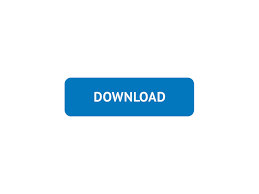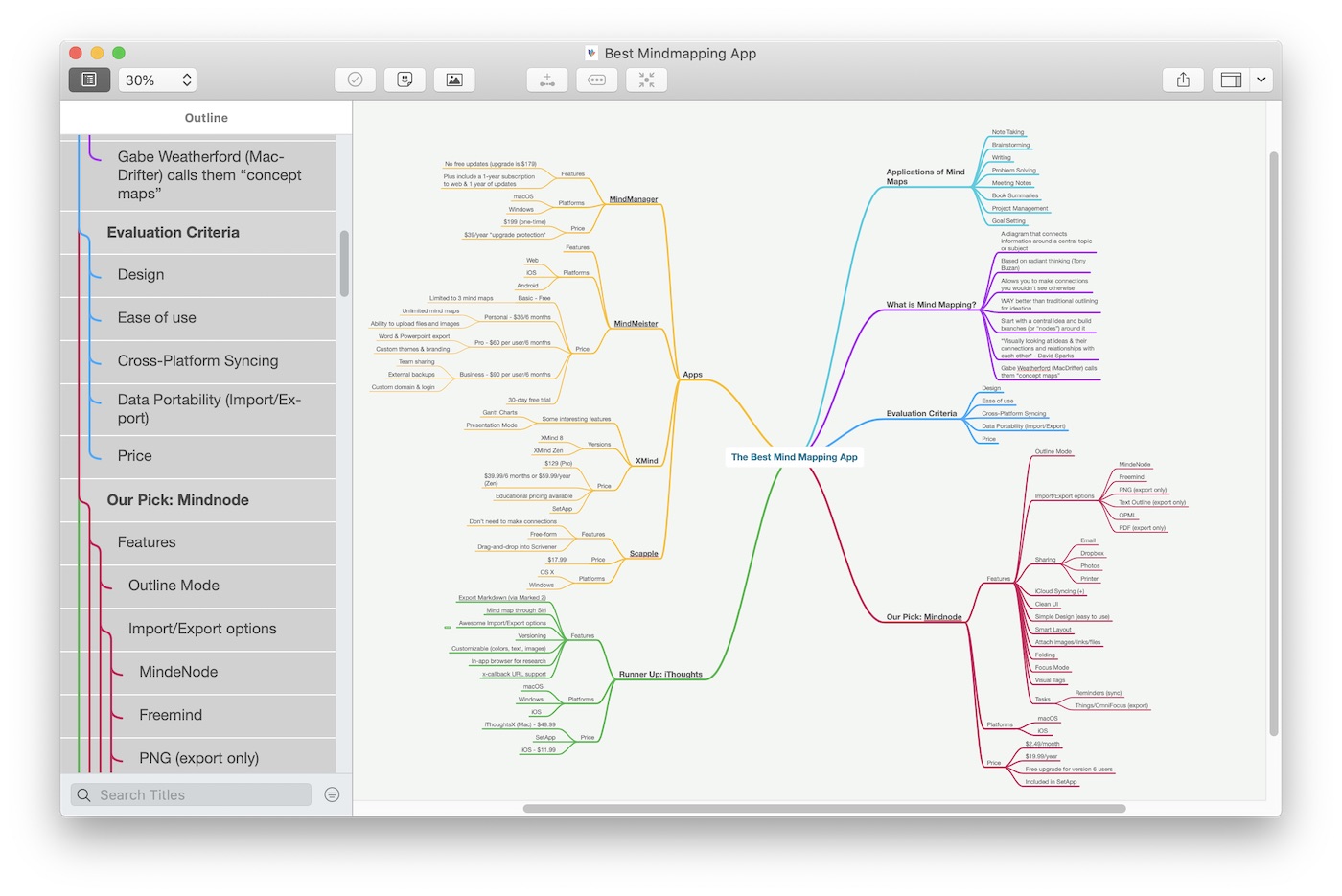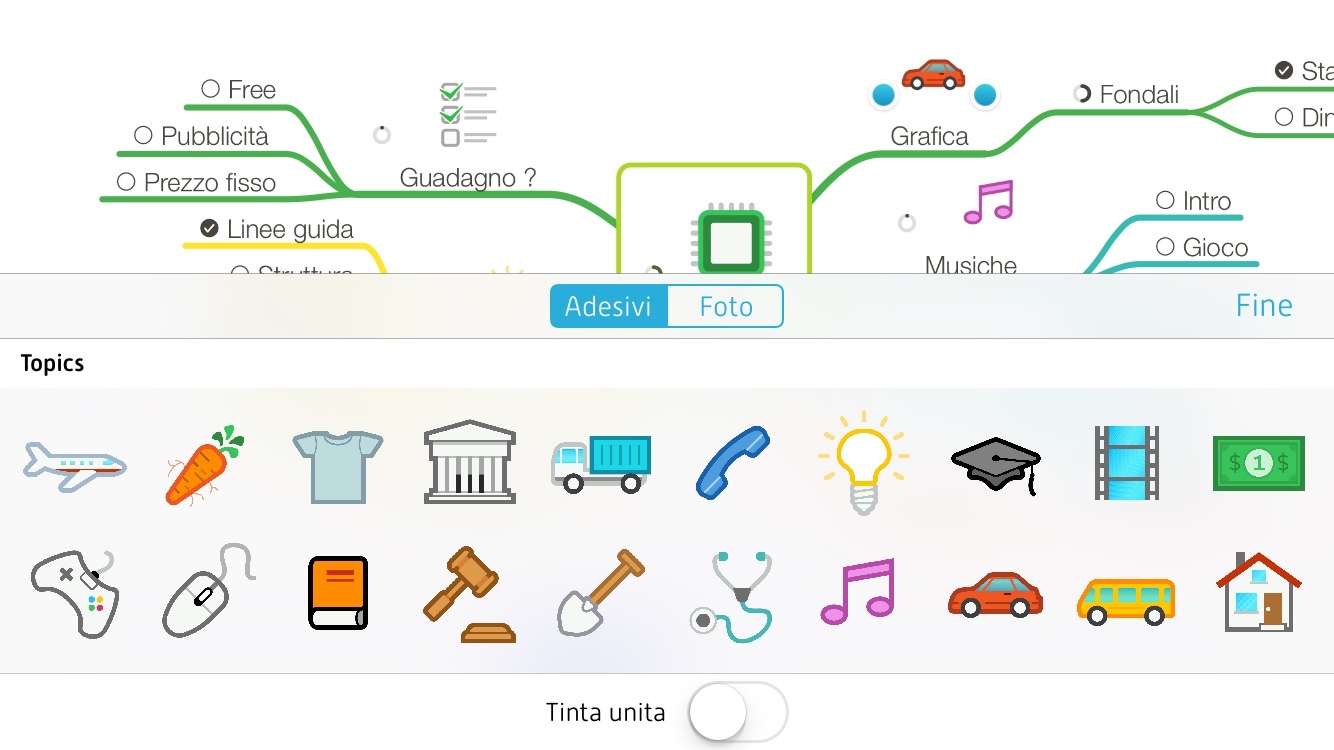There are several attractive options for Apple users looking for a mind mapping app to help capture, develop, and organize their ideas, but we think that MindNode is the best because it has a beautiful design that helps get your ideas flowing, is easy to use, has rock-solid sync, and has enough import/export options to be a really useful tool in almost any productivity workflow. MindNode is a downloadable application among Apple's products and has a certain popularity in the professional, educational and personal fields. It allows you to design mind maps or mind-maps. MindNode, or how to organize your ideas. MindNode is a software giving the means to the user to perform mind-mapping. While the MindNode team will still be offering MindNode Pro 1.x updates through the normal channels, major app updates will only occur on the Mac App Store. To encourage users to purchase the app on the Mac App Store, MindNode is offering the app for a 50% discount until Nov. The MindNode application helps you design it from your iPad or iPhone. Unfortunately, it does not work on a PC with a Windows operating system but is available on Mac OS X. You can download it from the Apple Store website. The MindNode software is easy to use and has a neat design.
Today we want to share a small side project with you that we created during the development of MindNode 5. Screenshot Framer is a free app we are sharing with other developers to help create appealing App Store screenshots.
The first thing a potential customer notices when they come to an App Store page are the screenshots of the app. If they are boring, chances are they will move on.
Here are two examples of the same content. Which screenshot do you like more?
The first image is a little bit boring, right? Sure it shows the content of the app but not much more. The second image looks much more appealing. If you look at all the images you see a visual description of the app.
The white device frame shows what the app will look like on your device, but does not distract from the main content, the screenshot itself. The label on top guides the customer through the different screens and adds a lightweight description. Would you rather read the complete app description, or a short summary while you see the app in action?

Mind mapping is a visual tool, so we chose the same approach for our screenshots. In the following I want to share how we created these screenshots for MindNode.
Simulator Status Magic
At first we had to make sure the status bar is consistent on all screenshots. We use the tool Simulator Status Magic. This allowed us to displayed the same time, battery status, etc.
Fastlane screenshot
Image headers are a great idea, but MindNode is localized in 13 languages. With five images and 5 devices that adds up to over 300 images. To speed things up, and dramatically reduce errors, we used fastlane. This allowed us to automate the creation of the raw screenshots. We created 390 screenshots with a click of a button.
Fastlane frameit
Now comes the hard part. We needed to frame these screenshots and add text. At first we tried fastlanes `frameit` which is super easy if you use the original Apple device frames. These frames shows the devices realistically, which takes too much attention away from our main content. Trying to work with frameit and our own frames was really frustrating and we didn't get it right. This was the main reason why we developed our own application.
Screenshot Framer
The task was really simple. We needed to stack different images on top of each other and take a picture of it. After a week of work we had a simple prototype which was then extended and polished. After roughly three weeks of work, we had a more flexible solution. The app itself works like a really minimalistic version of Photoshop, but can display text in different languages and export the finished image in all languages at the click of a button.
Upload to iTunes
The last step was to upload the created images to iTunes Connect. Normally you need to upload the images manually. You can imagine that dragging 390 images, five at a time, to Safari is a very boring and time consuming task. Again we used fastlane and it's tool `deliver` to upload all 390 screenshots in roughly 20 minutes.
Free Download of Screenshot Framer
We receive a lot of support from the open-source community and we would like to give something back. Today we are releasing Screenshot Framer for free. Check it out at GitHub.

You can learn more about our other open source project on our dedicated page.

Related Posts
You might be interested in these topics
MindNode, made by our friends IdeasOnCanvas, is a beautiful mind mapping app for Mac, iPad, and iPhone. What’s more, MindNode integrates nicely with Ulysses: You can quickly turn a mind map into a written outline, or – vice versa – turn your notes into a beautiful map. So, if you’re a writer looking for new ways to boost your creativity and sort your thoughts, make sure to check it out.
You’ve probably heard of mind mapping before – it’s a great technique to generate ideas, visualize complex issues, cluster information and organize thoughts. You can use it at work for brainstorming for a new project, for planning a holiday trip or a wedding, or for organizing research for an article or a book. The fields of application are practically endless.
MindNode makes creating mind maps incredibly easy. Once you’ve put down the topic, you can add and specify its aspects in so-called nodes. In next to no time you can create a colorful map that resembles a tree with branches and braces. Other than when mind mapping with pen and paper, you will never run out of space, because your virtual canvas is endless. Also, you can quickly reorganize the map elements via drag & drop, and fold the contents of nodes for a better overview. Everything is readable and looks uncluttered, even pretty. What’s more, you can add a sticker (Mind Node comes with a selection) or a custom image to a node, attach a note, and even assign a checkbox and therefore turn a node into a to-do item.
Uncluttered & Intuitive Design
Mind mapping with MindNode is fun because the app is well designed and intuitive to use. In the center, there’s the canvas for the creation of mind maps. Optionally, you can display sidebars left and right. They allow you to display a hierarchic outline of your map's content, choose a color theme, tweak the formatting of every single node, and edit attached notes.
Customization
Even if you only open up MindNode and start out mind mapping, the result will look pretty: Every new branch gets its own color according to a harmonious theme, nodes automatically rearrange, and the lower you get in the hierarchy, the thinner the branches and braces get. However, you can also individually change the appearance of either your whole map or its elements: You can choose between a number of themes, adjust the background color, define in detail the color and the form of nodes, and so forth. You can choose to let your map grow either horizontally or vertically. If the option Manual Layout is turned on, you can freely arrange your nodes on the map without any restrictions.
Export Mind Maps to Ulysses
Exporting of mind maps also is intuitive and works via the “Export To” command in the file menu. You can export a mind map, among others, as a PDF, image, Freemind or OPML file – or as a Markdown file, which Ulysses can read. For this post, I first collected my thoughts in a mind map, which I later exported to Ulysses and used as an outline for this article. Here is how to do this:
- In MindNode, go to “File” ›”Export To” › “Markdown…” to open the export panel.
- If your mind map contains images and you want to keep them during export, make sure that “Include Images” is checked.
- Click “Export…” and save the file to your disk.
- To open and edit this file with Ulysses, right-click it, select “Open With” and choose Ulysses from the list of available applications.
- Alternatively, you can import the file to Ulysses by dragging it to your library.
MindNode converts your nodes according to their hierarchy level to first, second and third order headings and nested lists. And that’s it – here’s the outline for your writing.
Visualize Written Notes With MindNode
The procedure also works the other way around – you can easily turn your Ulysses notes into a mind map. The precondition is them being hierarchically sorted, that is, as headings and nested lists. Every heading and every list item will become a single node. Standard text will be interpreted as a note and attributed to the preceding node. Proceed as follows:
- In Ulysses, invoke Quick Export and select Text export.
- If the sheet contains images, select TextBundle from the list. If it doesn’t, Markdown also does the job.
- Click the “Open in…” icon and select MindNode from the list of apps. And here you go: Your notes, neatly visualized in a mind map.
- Now you can adjust the appearance of the map according to your taste and needs, and save it to your disk.
Mindnode App Store Login
MindNode on iOS
Mindnode For Mac
MindNode is also available for iPad and iPhone. The app is as powerful as on the Mac – yet, it is still simple and intuitive to use. You can sync MindNode via iCloud Drive, allowing you to resume editing a mind map any time and on any connected device.
To export a mind map from MindNode to Ulysses on iOS, please follow these steps:
- In MindNode, tap the Share button in the toolbar.
- In the “Send to” section, select Markdown as export format.
- If your mind map contains images, toggle 'Include Images'.
- Tap “Send to App…” and select “Copy to Ulysses” from the available options.
This will add a new sheet with your text outline to Ulysses’ inbox.
Exporting Ulysses notes to MindNode on iOS works as follows:
- In Ulysses’ editor, tap the Share button and switch to Text export.
- Specify Markdown or TextBundle as a file format.
- Back in the exporter, tap the ... icon and select “Open in Another App”
- Select “Copy to MindNode” from the list.
Get MindNode
MindNode requires a subscription. You can subscribe either on a monthly or a yearly basis. The prices for these plans are $2.49 (monthly) and $19.99 (yearly). You can download MindNode on the Mac App Store and the App Store, and try it out for two weeks.
Mindnode App Store
